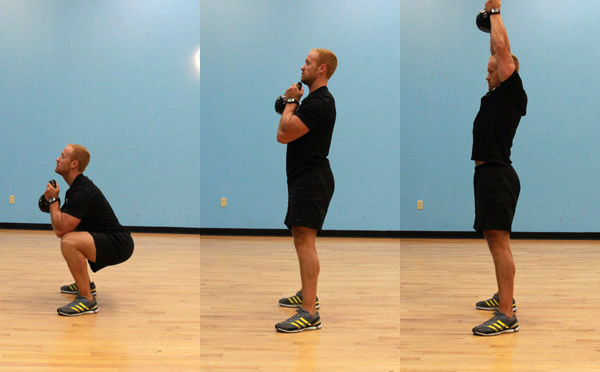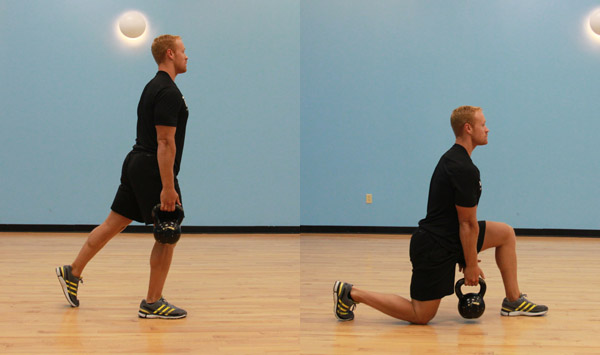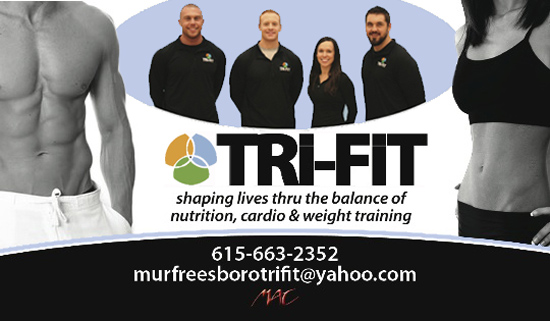You want it? Well you got it. Back by popular demand, Tri-Fit is continuing our kettlebell training routine in this month’s article. If you remember, last month we explained the methodology behind using Russian kettlebells as unique exercises for both cardiorespiratory and resistance training all in one. This article will reinstate our confidence using kettlebells by displaying some more advanced movements that you can try out.
The Deadlift: A great way to strengthen your spine and hamstrings, the deadlift is recommended especially in women with osteoporotic complications. Although basic looking, this exercise must be executed with strict form to avoid any potential injuries. To start, position the kettlebell between the feet, turning the toes out and keeping knees aligned with them. Next, squat down to pick up the kettlebell while keeping your back arched and head tilted up (Beginners should avoid looking down or bending back; stay upright and arched.). At the end of the movement, you should be standing upright with shoulders back, and then decelerate in the same way you came up. You should feel this exercise in the back and legs, specifically the hamstrings and lower back. Once mastered, turn this move into an upright row and pull the kettlebell up to the chest. This will work the shoulders and trapezoids, giving you a total body workout in one movement!
The Goblet Squat: This is a continuum from the previous article’s kettlebell squat. The biggest difference here is that the kettle bell is held at the chest throughout the movement instead of dangling below the torso. This exercise simulates a “front” squat whereas the previous article demonstrated a “back” squat. This movement requires you to touch elbows to the front of the knee to insure depth and proper posture. Although challenging, this is extremely useful in building leg and core strength. Additional moves like a shoulder press at the top of this squat are highly effective in building a stronger chest and core.
*Remain upright and do not lean back, and remember to breathe correctly.
The Lunge: One of the most universal exercises, yet rarely performed with good form. Trainers themselves can get caught with improper form on this, so look closely. The movement is intended for people to first understand that the lunge requires a neutral spine (remaining upright) and knees both bent at 90 degrees (This ensures a full range of motion and allows balance to be adjusted. Weight is shifted to the front leg, specifically the heel. I usually tell clients to have their toes facing up in their shoes so that the glutes are activated.). Next push forward and start all over. This exercise incorporated with the kettlebells will add difficulty to the already tough lunge, but is very useful for coordination and core building as well as glute strength. The kettlebell is held with one limb (ex., Right arm) and transferred once the opposite knee hits the ground. Then the other arm picks the kettlebell up and returns by pushing forward.
*Remember to never let knees move over the toes and to keep the front foot down completely (Don’t let the heel rise up.). Think of the back foot being a rudder.

















